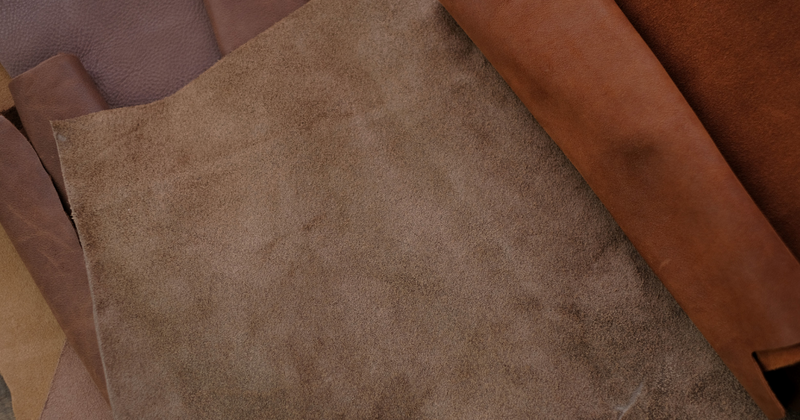
Ever paused to think about what your leather tote bag is made of? Beyond their eye-catching appeal and texture lies an interesting story of their making, particularly if they're crafted from vegetable-tanned leather.
This isn't just any leather; it's the eco-hero of the leather world, known for its durability, natural finish, and a making process that's as old as time, and as green as it gets.
What is Vegetable Tanned Leather, Anyway?
Vegetable-tanned leather, or "veg tan" for those in the know, has been treated in the most organic way possible. Picture this: natural tannins extracted from plants – like the bark of trees, leaves, or even some fruits – being used to transform animal hides into the beautiful, resilient material we know and love.
This method is nothing new; it's been around for thousands of years, making it the OG of sustainable practices in leather crafting. Why is it healthier, you ask? Because it avoids the use of harmful chemicals used in more conventional tanning methods, making it a friendlier option for both the planet and the people who work with it.
The Origins of Veg Tan Leather
The journey of vegetable tanning takes us way back, possibly as early as 8,000 BCE. It was a time when early civilizations were figuring out how to make durable materials for everything from footwear to water containers. Fast forward a few millennia, the Egyptians and Mesopotamians were getting crafty with plant-based tannins, marking the start of a long history of veg-tan leather.

Copper engraving, ca. 1769, France. Courtesy of Granger, NYC. All rights reserved.
These early practices laid the groundwork for the art and science of tanning, evolving over centuries but maintaining the essence of converting hides into durable, usable leather.
The Process of Vegetable Tanning
Let's break it down – turning hides into high-quality, eco-friendly leather is no walk in the park. It involves several meticulous steps:
1. Prep Work:
First off, the hides are cleaned to remove hair, flesh, and fats. This is done through soaking, liming, and fleshing.
2. Tanning Time:
Now for the heart of the process. The prepared hides are introduced to a natural bath of tannins – these aren't just any chemicals, but organic compounds extracted from the barks, leaves, and fruits of plants.
Tannins don’t just preserve the leather; they imbue it with special qualities. The leather gains a distinct texture, durability, and the ability to age like fine wine. Over time, vegetable-tanned leather develops a patina, a kind of glowing sheen that only adds to its beauty.
This step is crucial, as it’s where the leather gets its strength, resistance to decay, and charming ability to age gracefully with each passing year.
3. Dyeing & Finishing Touches:
After tanning, the leather might be dyed or finished with various techniques to achieve that perfect look and feel.
Chrome Tanning vs. Veg Tanning

What is Chrome Tanning?
While the process with conventional chrome tanning methods is much faster and less expensive, it has its downsides. It often involves harsh chemicals, like chromium, which can have devastating effects on the environment and human health. For example:
- Environmental Impact: The use of chromium salts in chrome-tanned leather results in toxic wastewater that can contaminate water sources, harm aquatic life, and disrupt ecosystems. Also, the chemicals used in chrome tanning do not break down easily, leading to concerns about the long-term environmental impact of disposed chrome-tanned products.
- Health Risks for Workers: Workers and artisans in chrome tanneries are exposed to toxic chemicals, increasing their risk of skin irritation, respiratory issues, and long-term health conditions, including cancer.
- Artificial Aesthetic: Chrome-tanned leather looks more artificial and doesn't age as gracefully as veg-tanned leather, often wearing out or breaking down with use.
Why Vegetable Tanning Wins
Vegetable tanning, on the other hand, uses natural tannins from plants to process the leather. This method is centuries old and carries several benefits:
- Eco-friendly: The tannins used in vegetable tanning are biodegradable, reducing the process's ecological footprint. The wastewater from vegetable tanning is far less harmful to the environment.
- Safe Working Environment: Since the process avoids harmful chemicals, it's safer for the artisans and makers who work with the leather, minimizing their exposure to toxic substances.
- Quality and Aesthetic Appeal: Vegetable-tanned leather is known for its durability, natural feel, and the unique way it ages, developing a patina that enhances its appearance over time.
Take a look at this more detailed comparison of veg-tanned leather vs. chrome-tanned leather:
|
Vegetable Tanned Leather |
Chrome Tanned Leather |
|
|
Environmental Impact |
Low impact, uses biodegradable tannins from plants. |
Produces toxic wastewater containing chromium, which can contaminate water sources and harm aquatic life. |
|
Health & Safety |
No harmful chemicals, biodegradable and natural materials. |
Exposure to chromium can cause skin irritation, and allergic reactions, and has been linked to increased cancer risk. |
|
Aesthetic & Durability |
Ages naturally, enhancing beauty and durability over time; more resistant to wear. |
Tends to have a more artificial look; chemical treatment may reduce lifespan and resilience. |
|
Cost |
A bit higher due to the meticulous, slower artisanal process. |
Cost-efficient due to fast, large-scale production, but at environmental and health costs. |
|
Production Time |
Takes weeks to months; the time ensures high quality and eco-friendliness. |
Fast, often completed within a day, prioritizing speed over quality or environmental health. |
|
Ethical Practices |
Promotes ethical labor practices and supports local economies. |
Mass production often overlooks fair labor practices, risking exploitation and unsafe working conditions. |
When choosing between veg-tanned leather and chrome-tanned leather, it's important to consider several factors such as environmental impact, safety, aesthetics, and ethical practices. Veg-tanned leather stands out as a clear winner on all these fronts.
Final Thoughts: Sustainability is a Larger Picture
Choosing vegetable-tanned leather is not just about its natural makeup but a process that keeps artisans safe from harmful chemicals. When you shop for products made with vegetable-tanned leather, you’re supporting an ethical practice that cares equally for consumers, workers, and the planet. It’s a commitment to a healthier, safer world where environmental care and human well-being are intertwined.
Shop the MADE FREE Vegetable Tanned Leather Collection

At MADE FREE, we use eco-friendly, vegetable-tanned, biodegradable leather. Every item in our leather collection, from fanny packs to tote bags to laptop sleeves, is ethically handcrafted and designed to support freedom from human trafficking.

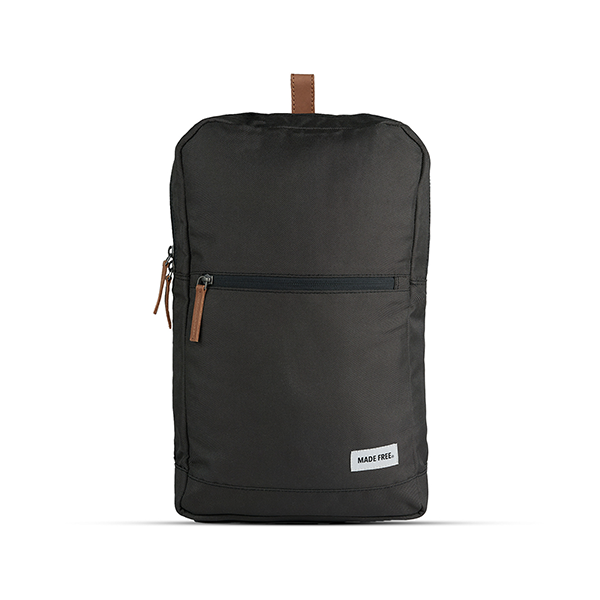
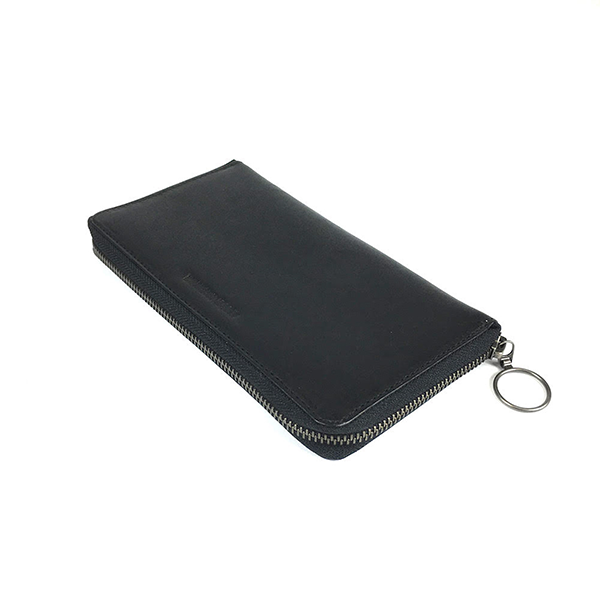
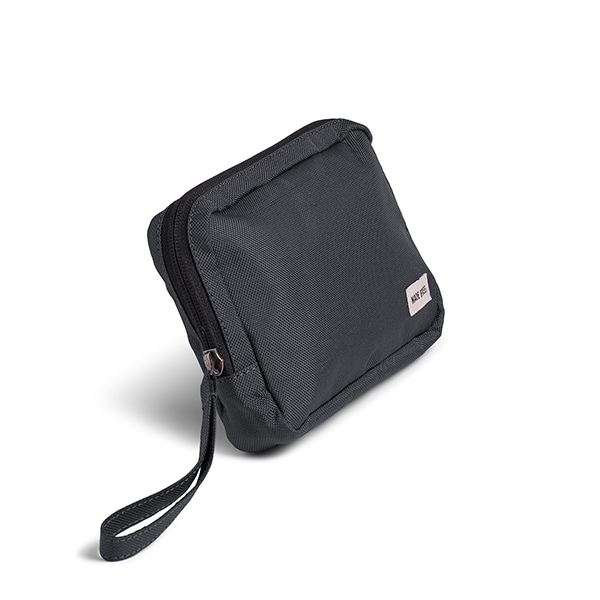
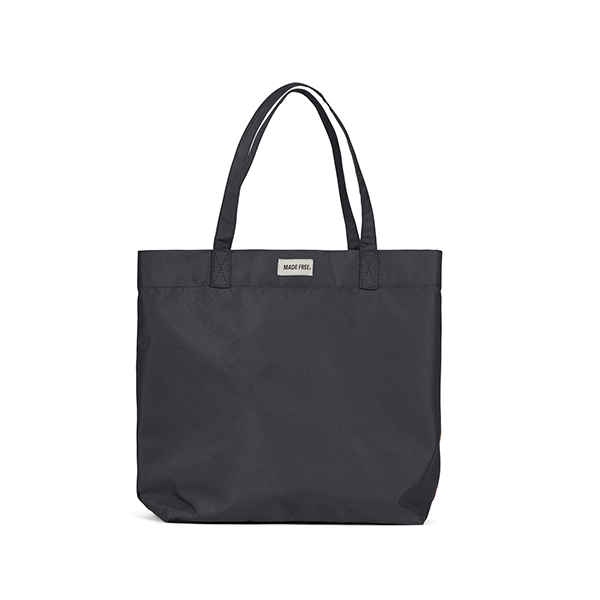
0 comments